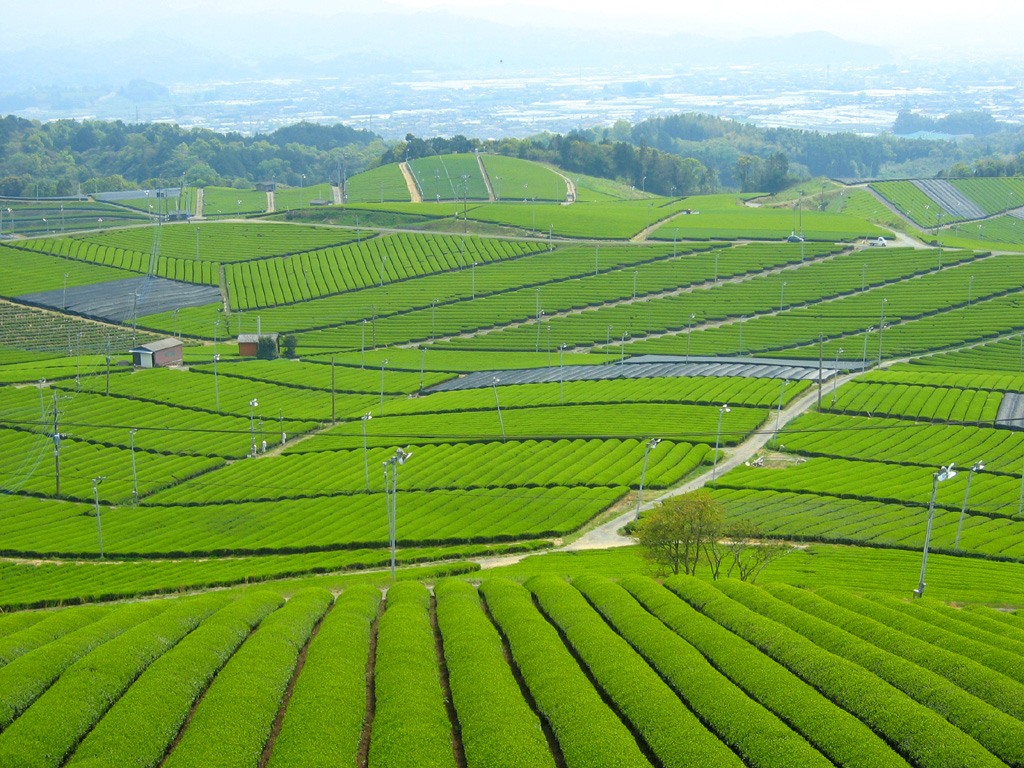 Materials :
Materials :How to brew up Kung Fu Tea ( video )
Friday, November 28, 2008
Fried shrimp with Longjing
 Materials :
Materials :Thursday, November 27, 2008
Wednesday, November 26, 2008
Tuesday, November 25, 2008
Japanese tea ceremony

The Japanese tea ceremony (茶道, chadō or sadō, "the way of tea") is a traditional ritual influenced by Zen Buddhism in which powdered green tea, or matcha (抹茶), is ceremonially prepared by a skilled practitioner and served to a small group of guests in a tranquil setting. Colloquially it is often called ocha among Japanese.
The pronunciation sadō is preferred by some traditions, including the Omotesenke and the Mushanokōjisenke, while the pronunciation chadō is preferred by others, including the Urasenke tradition, though the two words are completely interchangeable.
Cha-no-yu (literally "hot water for tea") usually refers to either a single ceremony or ritual or equivalent with sadō/chadō, while cha-ji refers to a full tea ceremony with kaiseki (a light meal), usucha (thin tea) and koicha (thick tea), lasting approximately four hours. A chakai (literally "tea meeting") was originally equal to cha-ji, although today it means the simplest one, which does not include a kaiseki meal, in some cases, nor even koicha.
Since a tea practitioner must be familiar with the production and types of tea, with kimono, calligraphy, flower arranging, ceramics, incense and a wide range of other disciplines and traditional arts in addition to his or her school's tea practices, the study of the tea ceremony takes many years and often lasts a lifetime. Even to participate as a guest in a formal tea ceremony requires knowledge of the prescribed gestures and phrases expected of guests, the proper way to take tea and sweets, and general deportment in the tea room.
http://en.wikipedia.org/wiki/Japanese_tea_ceremony
Monday, November 24, 2008
Tai Ping monkey-kui
The good Tai Ping monkey-kui : Tea straighten their products, at both ends a little sharp, neat and well-spaced flat, sturdy hypertrophy, Pekoe body, but not significantly lush, hidden, Cang green color, leaves colored pig liver were the main vein, Like olives; into the brewing Cup, started slowly shoots, flowers Shu Fang Cheng, the two have a leaf bud, or suspended or Shen; green tea-ching, GAO aroma, there are attractive Orchid Yun, Wei Chun refreshing.

















